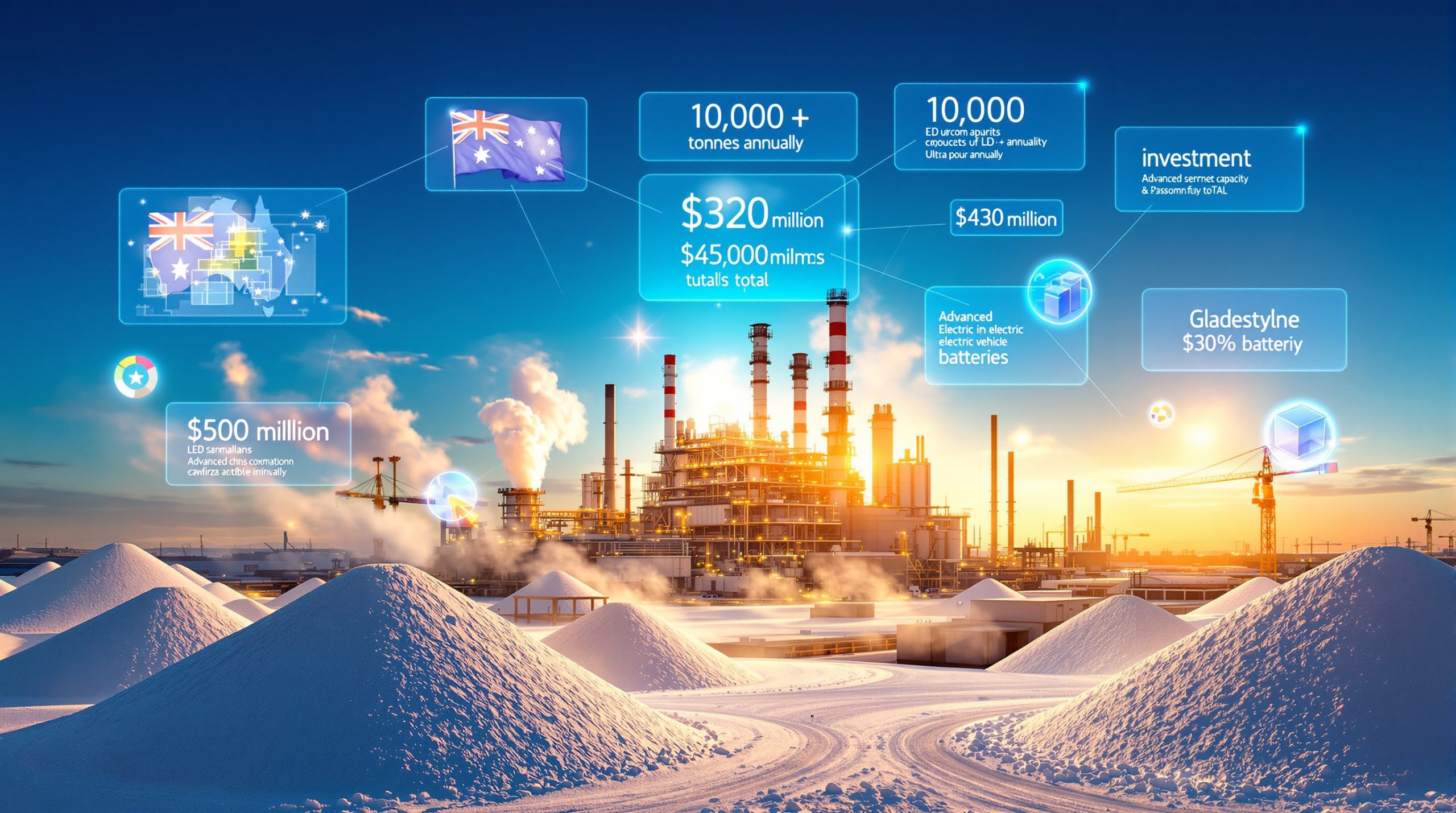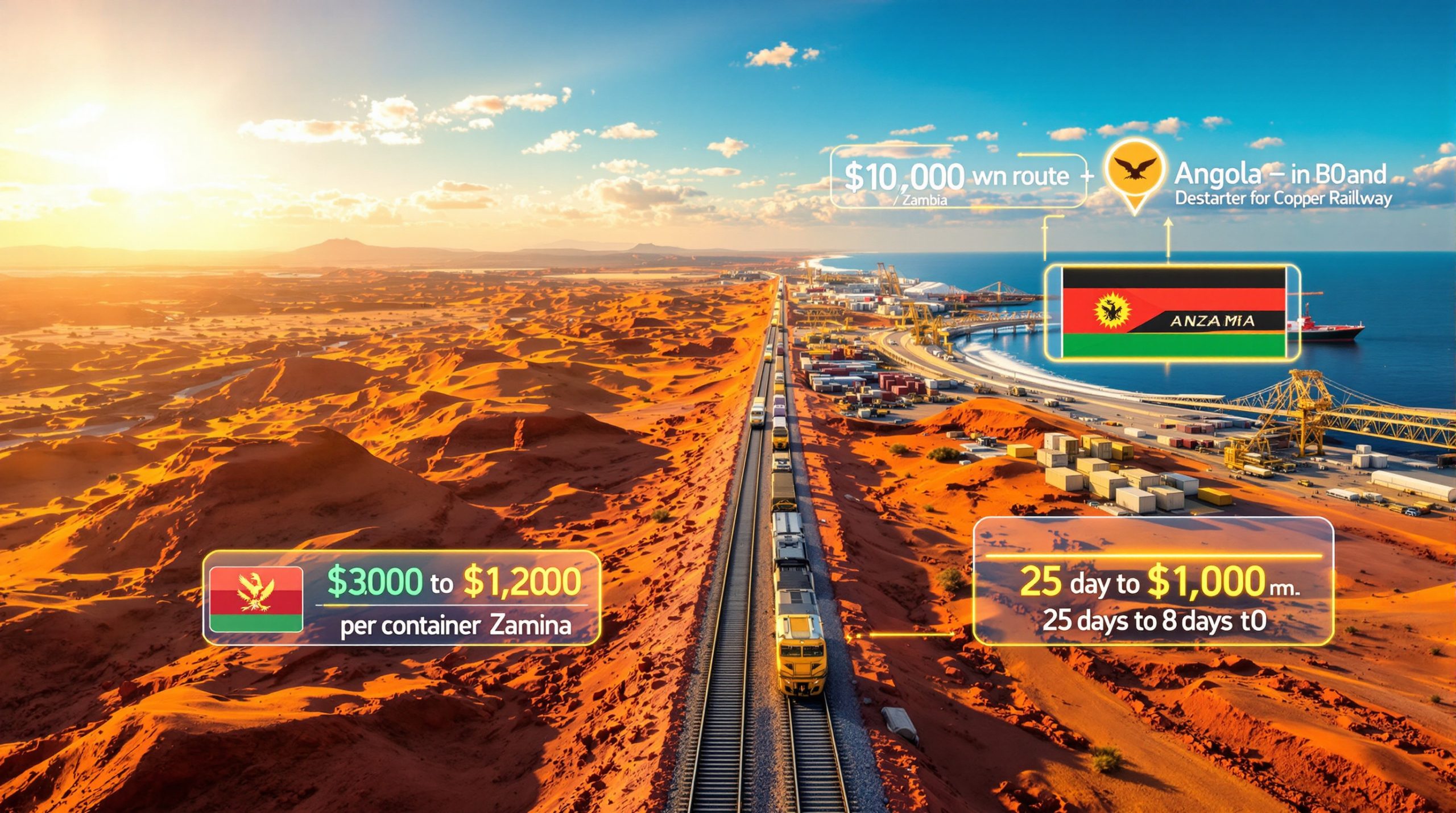The global aluminium industry represents one of the world's most vital metal sectors. It powers everything from aerospace innovation to everyday beverage containers. In this article we explore the economic significance, examine future trends and list the Top 10 Aluminium Mining Companies that shape this crucial market.
The aluminium sector generates estimated revenues of approximately $150 billion each year via mining alone. When processing, manufacturing and recycling are included, the figure increases substantially. These insights, along with global commodities market insights, underline the industry's critical role today.
Australia, China and the United States collectively account for 75% of global bauxite production. Australia leads with roughly 35% of worldwide extraction. Their control over the initial stage of aluminium production has a profound impact on supply dynamics. In addition, investors benefit from navigating mining investment strategies that inform long-term planning.
China dominates aluminium processing with a 56% share of global capacity compared to Russia’s 5.8%. Supply chain vulnerabilities became evident during recent geopolitical tensions. However, advances in digital innovations in mining operations are modernising these challenges and enhancing efficiencies.
Key industries utilising aluminium include:
- Aerospace and automotive manufacturing (28% of total consumption)
- Construction (23%)
- Beverage packaging (17%)
- Electrical transmission networks (12%)
Aluminium remains indispensable thanks to its versatility, lightweight properties and resistance to corrosion. The primary keyword – Top 10 Aluminium Mining Companies – is featured frequently in industry discussions and reports, influencing market perceptions and strategic decisions.
Australia, China and the United States’ control of bauxite production sets the stage for a robust global supply chain. High-grade deposits in tropical regions are essential to the value chain. Environmental regulations, water management and recycling practices have all become central in discussions about the role of mining in the clean energy transition.
Bauxite, a reddish-brown sedimentary rock, is the world’s primary source of aluminium and gallium. Deposits in tropical areas yield high-quality material suitable for efficient extraction. Guinea, for example, holds over 7.4 billion tonnes of bauxite reserves. Although infrastructure issues persist, advancements continue to streamline extraction.
China’s processing dominance comes with environmental challenges. Coal-powered smelters in China produce roughly 16.5 tonnes of CO₂ per tonne of aluminium. In contrast, facilities using renewable energy have much lower emissions. These issues have accelerated decarbonisation efforts in mining as the industry strives to lower its carbon footprint.
With sustainability under scrutiny, the energy demands of aluminium production—about 14-16 kWh per kilogram—further emphasise the need for cleaner processes. Transitioning to renewable energy sources is essential. This move supports both environmental goals and cost efficiency in production.
The global aluminium landscape is dominated by a blend of diversified mining giants and specialised producers. Among these, the Top 10 Aluminium Mining Companies have secured influential positions. Their strategies and market capitalisations define not only the aluminium sector but also the broader commodities market.
BHP Group stands as the largest company by market capitalisation at roughly $168.4 billion. Headquartered in Australia, BHP’s significant upstream operations in bauxite mining and alumina production remain the foundation of its aluminium business. The Worsley Alumina joint venture is a prime example, producing approximately 4.6 million tonnes annually.
BHP’s disciplined capital allocation has fostered robust performance despite commodity price fluctuations.
UK-headquartered Rio Tinto, with a market cap of $117.8 billion, is another key player. The company operates across the full value chain. Notable assets include the Weipa mine in Queensland and the Kitimat smelter in British Columbia, Canada. At Kitimat, approximately 90% of operations are powered by hydroelectric energy, giving the company a competitive edge with low-carbon aluminium. Moreover, Rio Tinto’s partnership on the innovative ELYSIS technology could redefine industry standards.
Russian giant Rusal, valued at about $18.5 billion, covers the entire aluminium value chain. Its Krasnoyarsk smelter in Siberia produces around 1 million tonnes annually. With access to low-cost hydroelectric power, Rusal benefits from significant energy savings. Despite challenges from geopolitical sanctions, the company continues to serve global markets effectively.
South32, an Australian firm with a market cap of $16.1 billion, emerged from a spin-off from BHP Billiton in 2015. South32 inherited established operations such as the Worsley Alumina facility in Western Australia and the Alumar refinery in Brazil. Its strategy focuses on operational efficiency and steady capital allocation, ensuring stability in a volatile market.
American icon Alcoa, with a market capitalisation of $15.7 billion, has a rich history dating back to 1888. Based in the United States, it operates globally with major assets like the Huntly bauxite mine in Western Australia and the Baie-Comeau smelter in Quebec. The company’s legacy of innovation continues through modern initiatives, including its involvement in the ELYSIS project. Alcoa’s role is a perennial benchmark in the list of Top 10 Aluminium Mining Companies.
Chalco, the aluminium flagship of China, holds a market cap of $14.2 billion. Headquartered in Beijing, Chalco’s comprehensive operations include bauxite mining, alumina refining and aluminium smelting. Facilities such as the Zhongzhou alumina refinery and Qinghai smelter are central to China’s 56% global processing share. The company benefits from strong government support but faces challenges due to its coal-dependent energy profile.
India’s Hindalco Industries, valued at $13.8 billion, is renowned for its vertical integration. Operating from Mumbai, Hindalco’s assets include the Muri bauxite mines and the Renukoot smelter. Through strategic acquisitions such as the purchase of Novelis in 2007 for $6 billion, the company secured a prominent market share in rolled aluminium products. Hindalco’s presence is a testament to the growing influence of Asian companies in the Top 10 Aluminium Mining Companies.
Norwegian specialist Norsk Hydro, with a market capitalisation of $11.2 billion, focuses on sustainable aluminium production. Based in Oslo, Norsk Hydro integrates operations from bauxite mining to finished products. Its Paragominas mine and Alunorte refinery in Brazil, alongside smelting operations in Norway using renewable energy, position it as an industry leader in environmentally responsible production.
American specialist Kaiser Aluminum, at $1.5 billion, has carved out a niche in high-value semi-fabricated products. Kaiser’s focus on rolled, extruded and drawn aluminium makes it a key supplier for aerospace, automotive and industrial sectors. Established in 1946, the company’s commitment to quality differentiates it from commodity aluminium producers.
Century Aluminium, another American producer with a market cap of $1.3 billion, operates a network of strategically located smelters. Facilities in Kentucky and Iceland allow Century to leverage affordable energy resources such as geothermal and hydroelectric power. Its focused growth strategy, based on careful acquisitions, demonstrates resilience in competitive markets.
Looking ahead, several trends are shaping aluminium mining and processing. The industry faces environmental pressures, technological innovations and shifting market demands. Some of the key upcoming trends include:
- The move towards renewable energy-powered production facilities.
- Scaling up recycling within the value chain.
- Increased adoption of breakthrough smelting processes.
These trends reinforce the industry’s commitment to sustainability as decarbonisation efforts in mining gain momentum worldwide. The shift not only lowers carbon emissions but also responds to the call for more sustainable production practices.
Technological changes are set to transform how aluminium is produced. Innovations such as inert anode technology aim to eradicate direct carbon emissions during smelting. This is pivotal as manufacturers search for low-carbon materials suited for electric vehicles and sustainable construction. Recent studies, including aluminium industry ranking, highlight these evolving production trends.
Electric vehicle production continues to spur aluminium demand. Electric cars typically incorporate up to 45% more aluminium than conventional models for weight reduction and improved efficiency. The automotive and aerospace sectors, in particular, benefit immensely from these advancements. Enhanced recycling processes also contribute significantly, as recycled aluminium only requires 5% of the energy used in primary production.
Environmental concerns are further pushing the industry toward cleaner practices. Companies with access to hydro, solar or wind-powered sources are better placed to manage their production costs. In Australia, australian mining stats illustrate the advantage of renewable resources in achieving lower energy costs and greenhouse gas emissions.
Which company has the largest market capitalisation in the aluminium industry?
BHP Group leads with roughly $168.4 billion, followed by Rio Tinto with $117.8 billion.
What are the main applications for aluminium?
The major sectors include aerospace, automotive, construction, beverage packaging and electrical transmission, each benefiting from the metal’s unique properties.
How is the aluminium value chain structured?
It begins with bauxite mining, continues through alumina refining and smelting, and concludes with fabrication into semi-finished and finished products.
The primary keyword – Top 10 Aluminium Mining Companies – reflects the firms that continue to innovate and lead industry trends. As global demand evolves, these companies are set to play a pivotal role in shaping a more sustainable, technologically advanced future for aluminium.
Want to Discover the Next Major ASX Resource Opportunity?
Discovery Alert's proprietary Discovery IQ model delivers real-time notifications when significant mineral discoveries are announced on the ASX, helping investors identify actionable opportunities before the broader market catches on. Visit the Discovery Alert discoveries page to see historic returns from major mineral finds and begin your 30-day free trial today.




